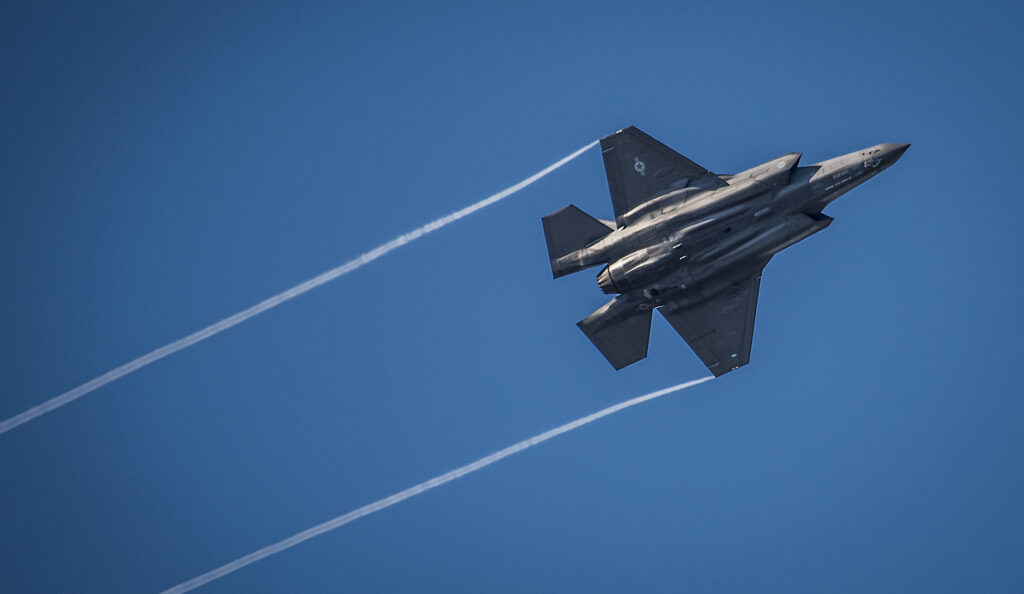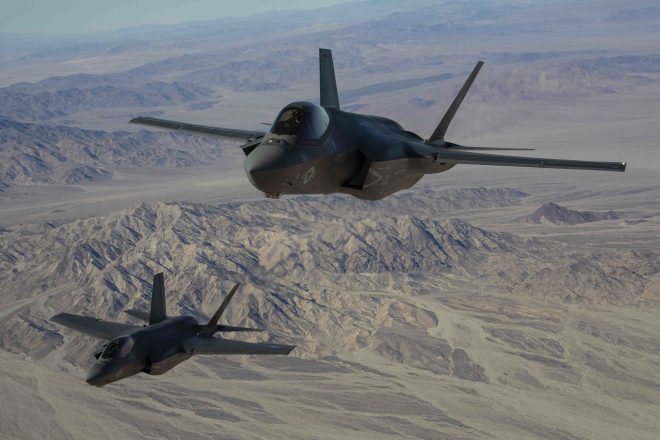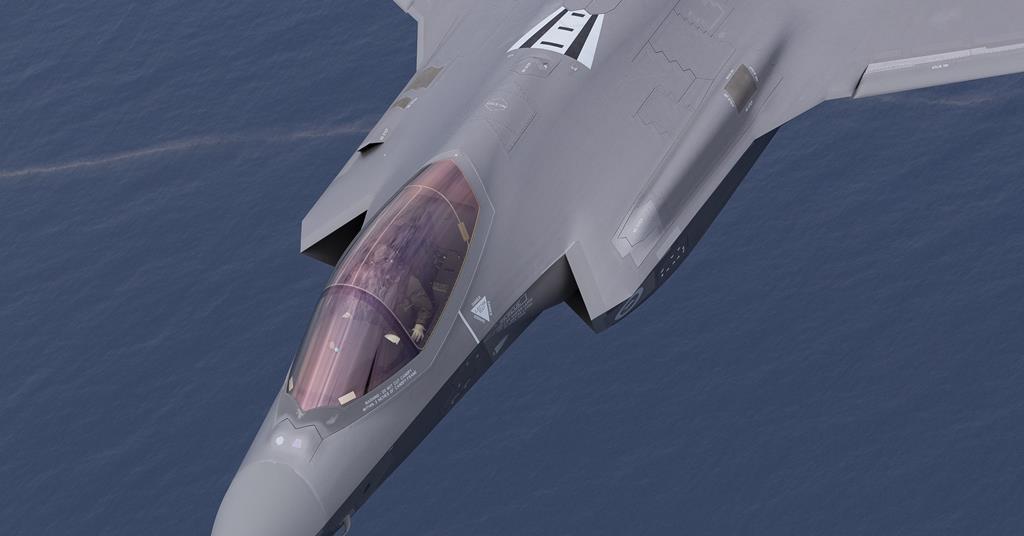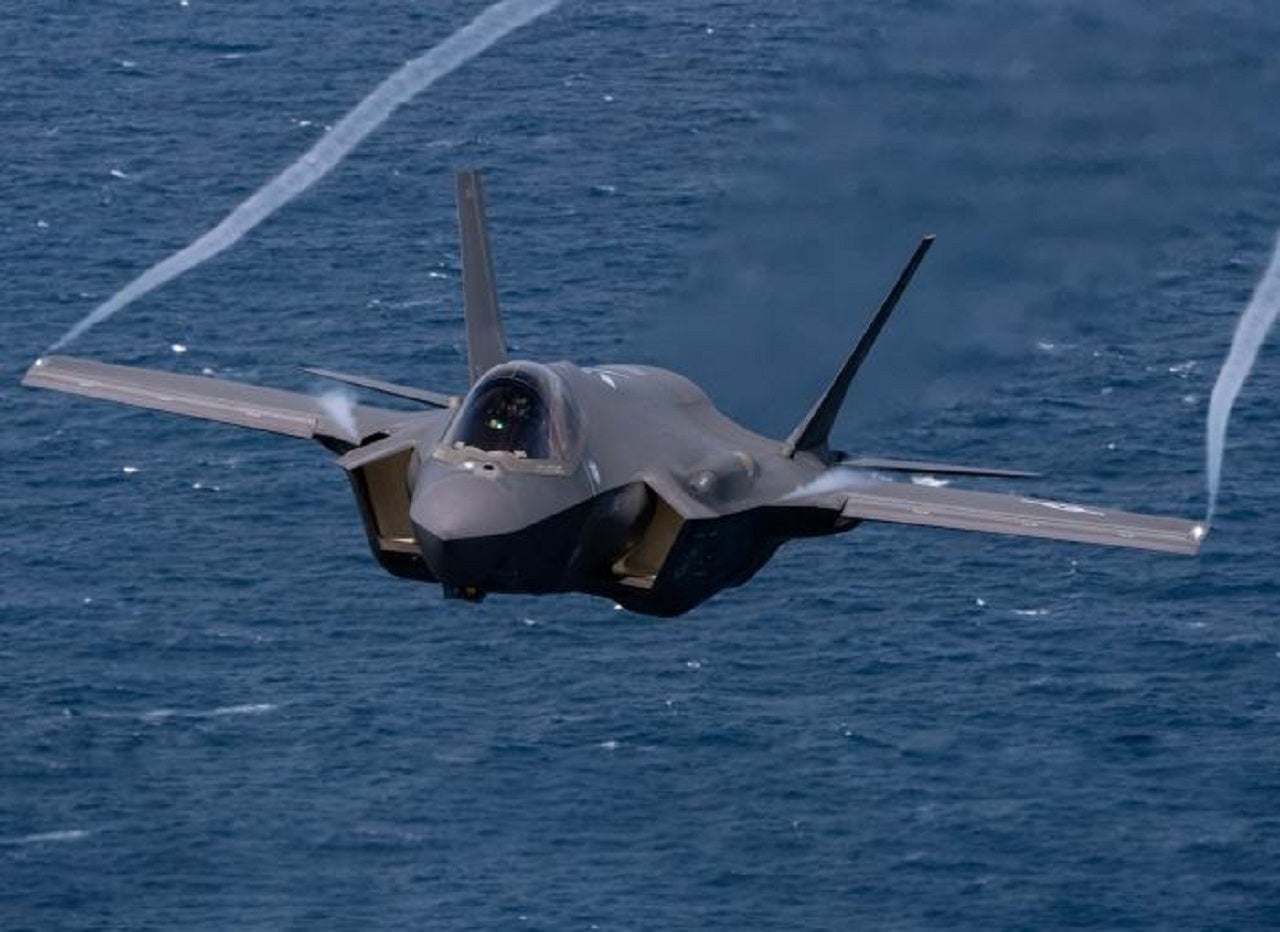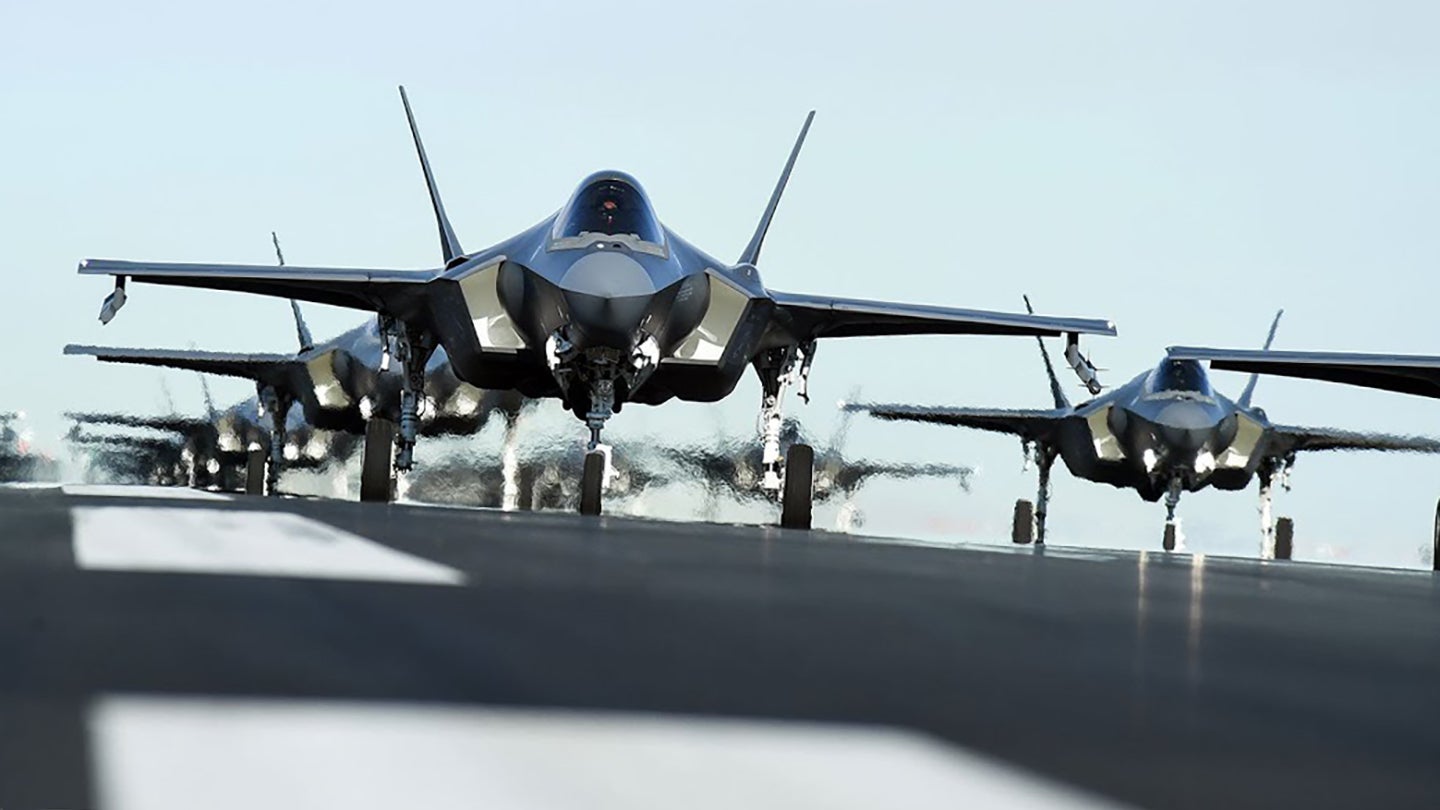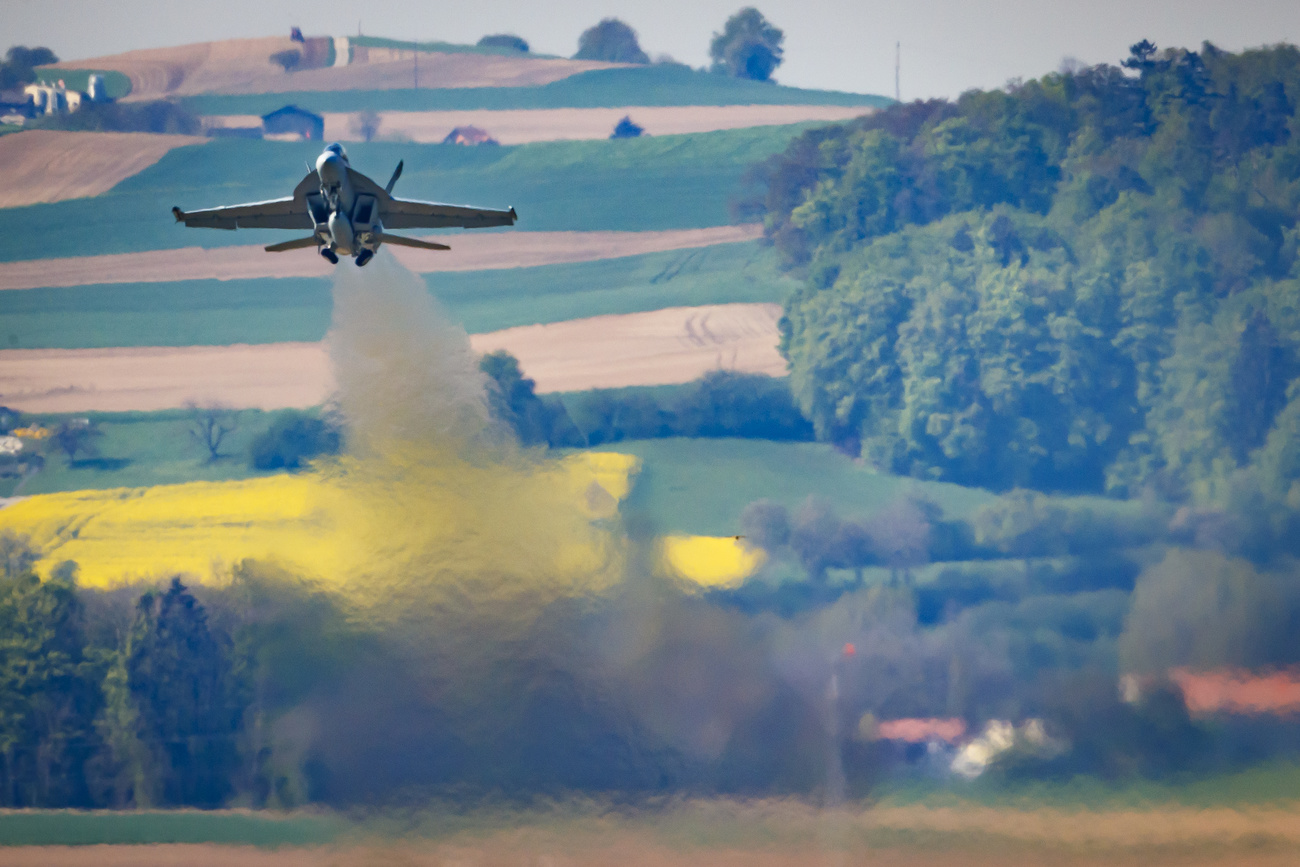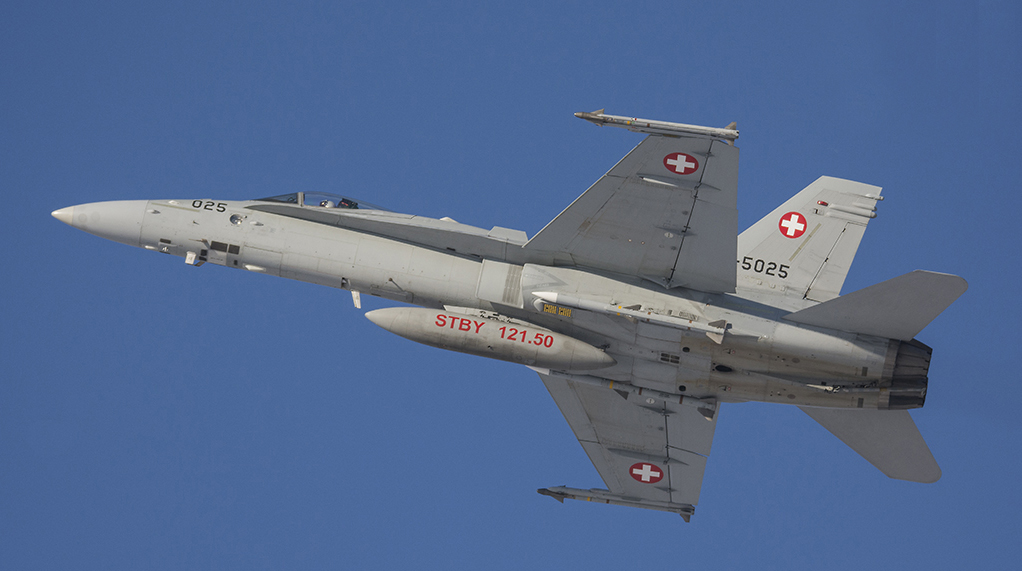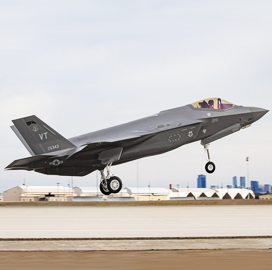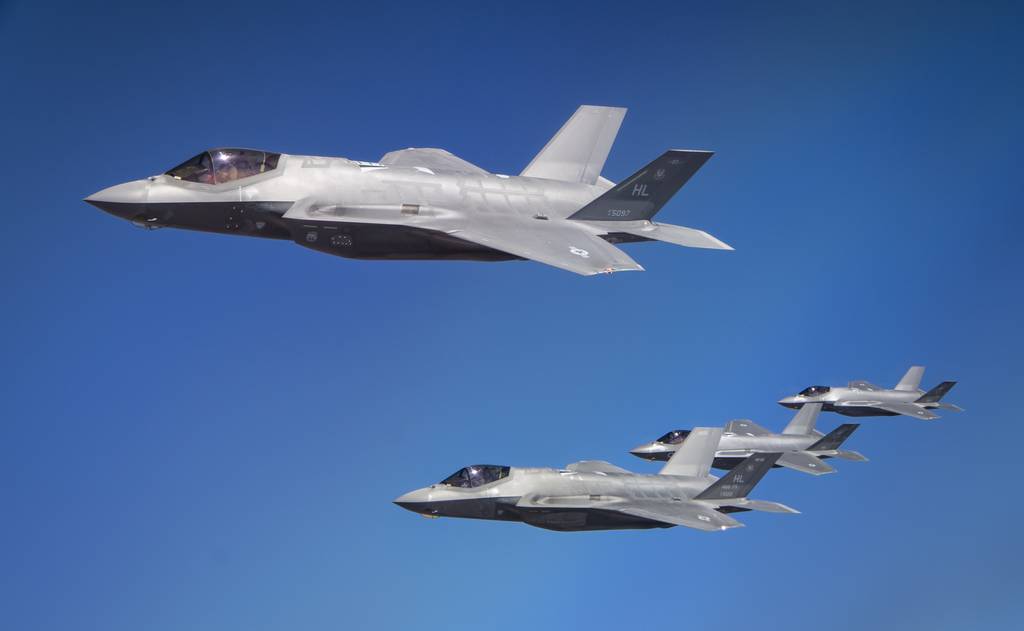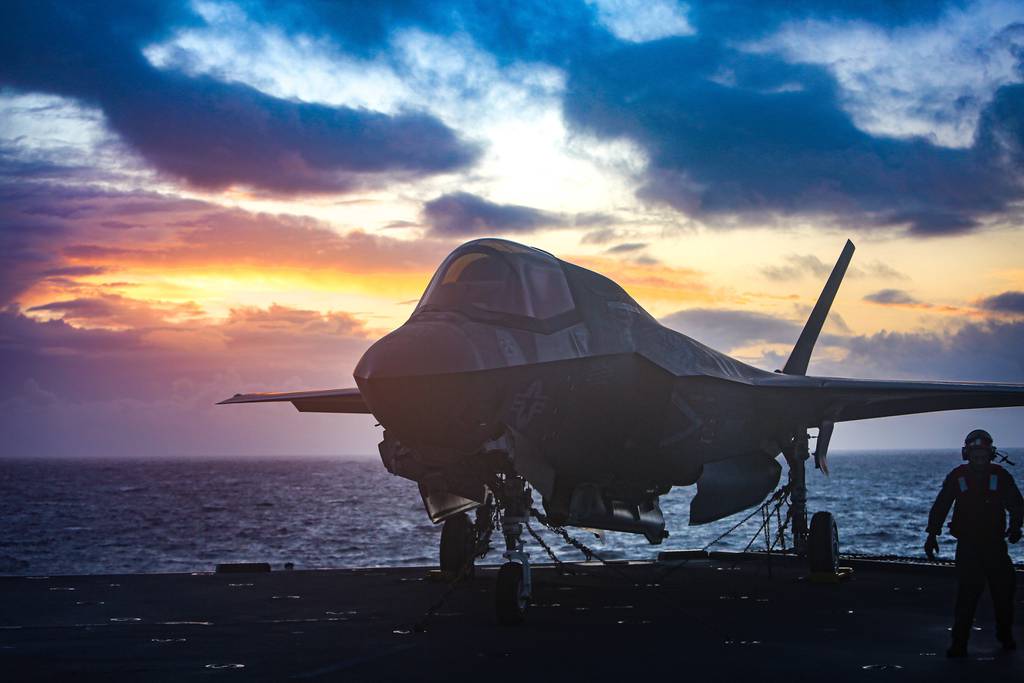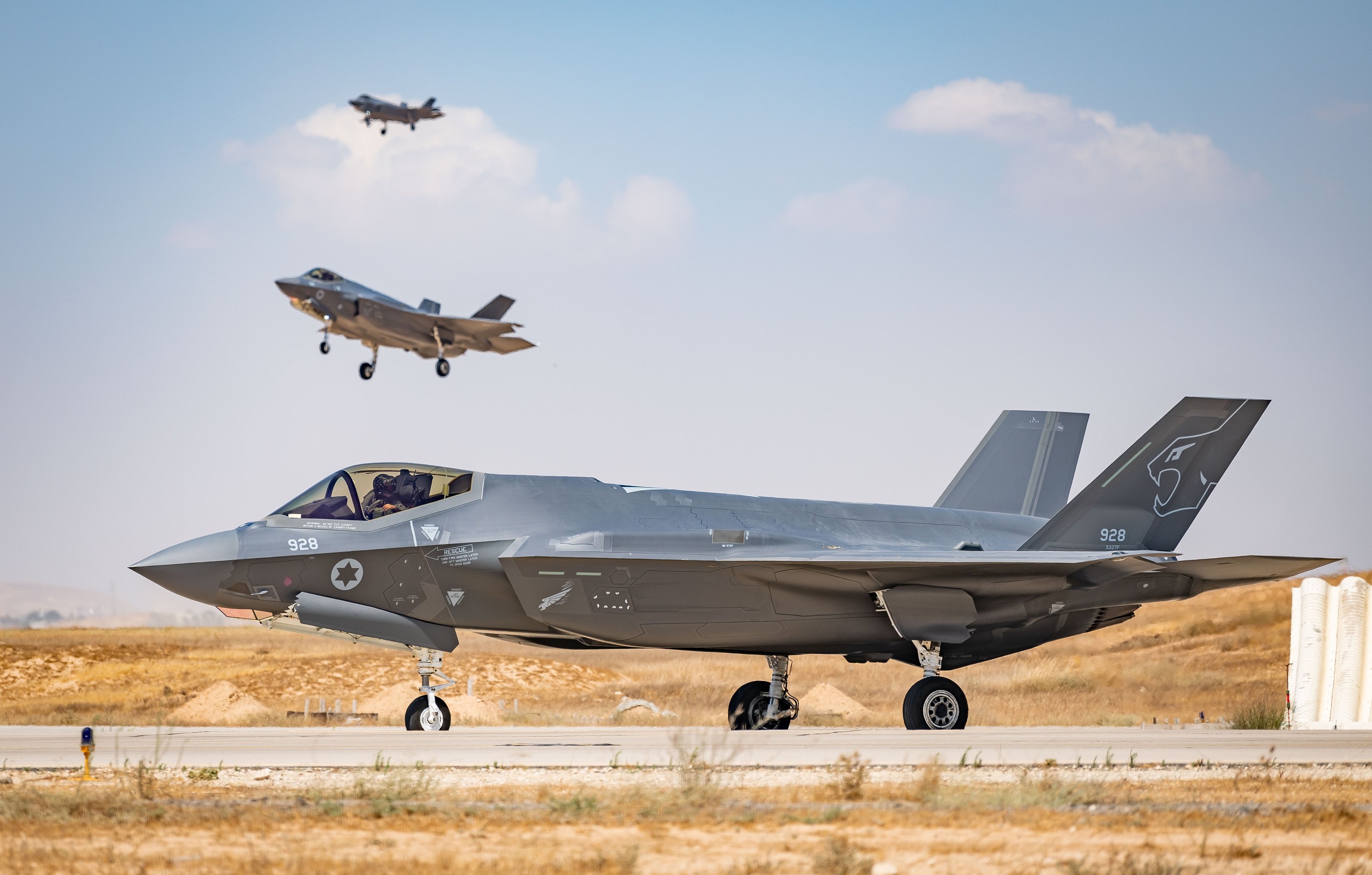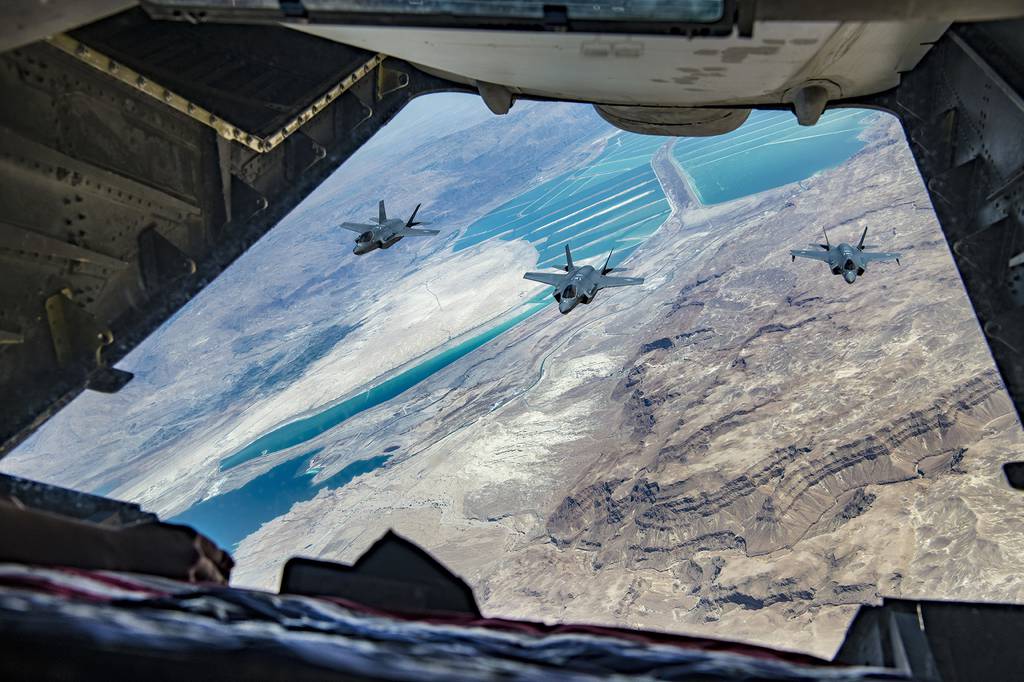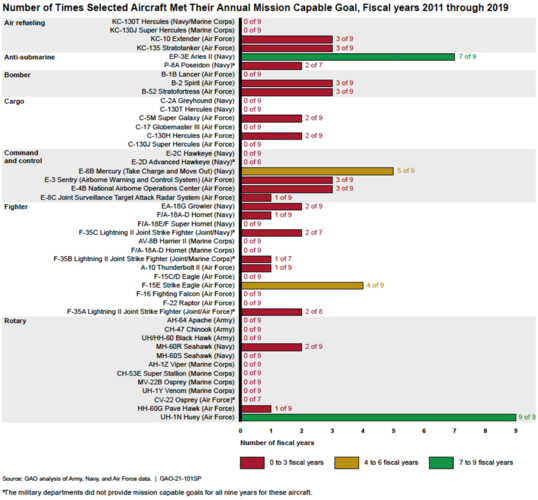House and Senate authorizers approved 14
Lockheed Martin F-35 Joint Strike Fighters over DoD’s 2021 budget request: 12 F-35As and 2 F-35Bs. In addition, the Air Force is authorized to add six F-35s meant for Turkey to its own fleet.
The accord “supports the budget request and service’s Unfunded Priorities Lists by authorizing 93 F35 aircraft for the Air Force, Navy, and Marine Corps,” explains a
summary of the 2021 National Defense Authorization Act (NDAA) conference report released today by the Democratic Majority of the House Armed Services Committee (HASC). In total, the authorizers okayed $9.1 billion for the program.
The authorizers’ agreement to boost the F-35 buy echos the
Senate Armed Services Committee version of the NDAA, and in effect splits the different between Senate and House appropriators; House defense appropriators wanted to add 12 F-35s; their Senate counterparts, 17. Of course, no defense appropriations bills been passed and one does not look likely. Unless appropriators add the additional F-35s to a Continuing Resolution there may not be any money to buy them,
The two sides of Capitol Hill agreed that the Air Force should be able to use
the six F-35s ordered but never delivered to Turkey after Erdogan’s country was ejected from the program in July over its acquisition of Russian S-400 air defense system, the
conference report explains. Those aircraft currently sit in storage at Edwards AFB.

